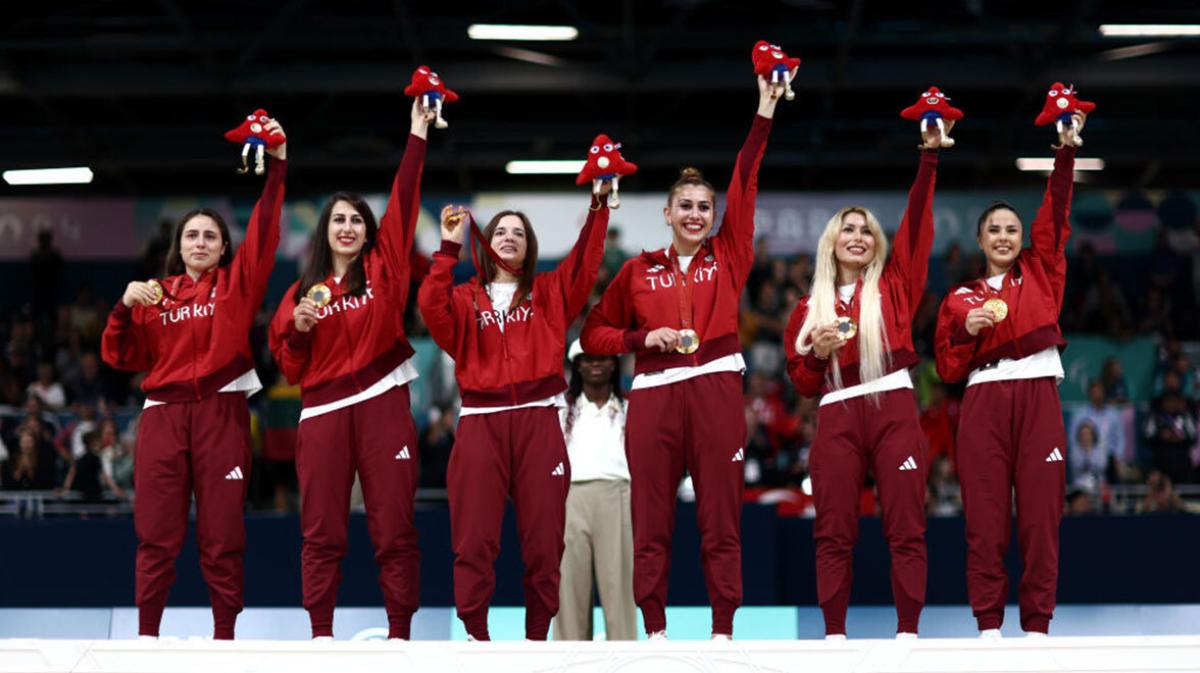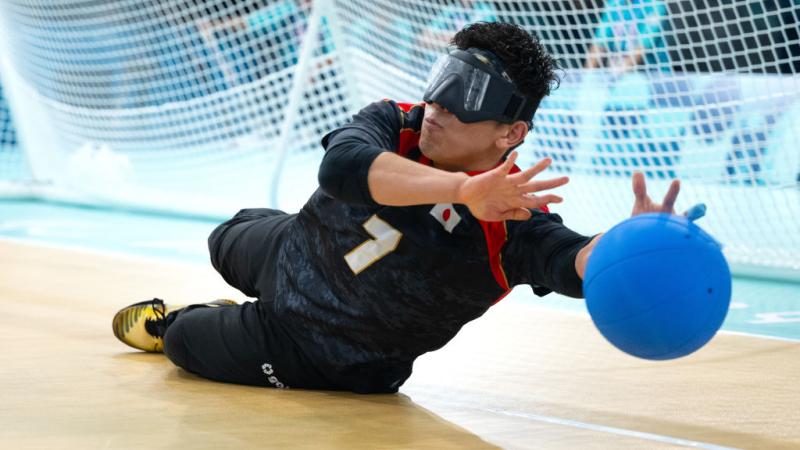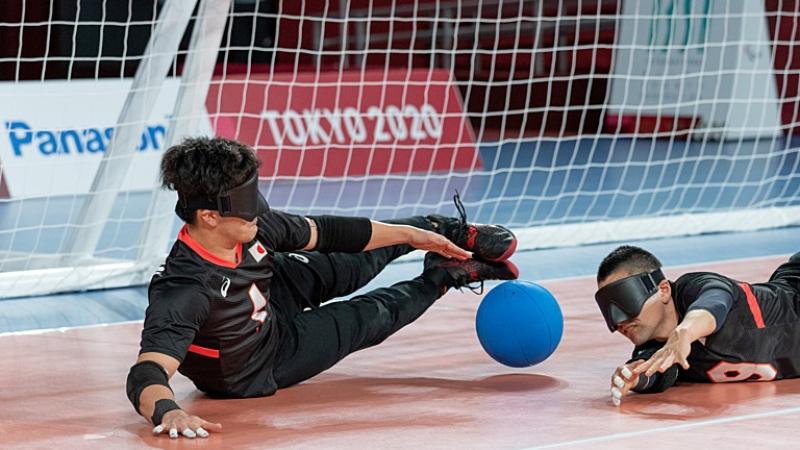
GOALBALL
Goalball is played exclusively by athletes who are blind or vision impaired. It was invented in 1946 to help rehabilitate veterans who lost their sight during World War II.
about GOALBALL
Goalball is unique to the Paralympic Games and exclusive to athletes with vision impairment. Matches are fast and tense, and players must score goals quickly. Athletes have a varying degree of vision impairment and all players wear blackout eye masks to equalise the level of vision.
Each team has six players, with three members playing at any one time on the same size court used for volleyball (18 metres long and 9 metres wide). Tactile markings help players determine where they are on the court. A ball with bells embedded inside allows athletes to hear where it is, and the crowd must be silent for the duration of play. Each match has two 12-minute halves.
In an attacking position, players throw the ball by hand, rolling it past their opponents to score. For a throw to count, the ball must bounce at least once in the thrower’s landing area for the shot to count. A bad throw or fault is punished by a penalty. Only one player can defend the goal by blocking the ball with his/her body. The goal stretches across the whole width of the floor (9m) making it especially difficult to defend. If a block is successful, players have 10 seconds to return the attack.
Teams take turns attacking and defending. The team that scores the most points or leads by 10 goals wins.
The International Blind Sport Federation (IBSA) governs goalball.
Goalball History
Goalball was developed by specialists from Austria and Germany in 1946 and began as an effort to support the rehabilitation process for veterans that were visually impaired during World War II.
Goalball made its breakthrough at the Heidelberg 1972 Paralympic Games where it featured as a demonstration sport. Four years later, it was officially added to the sports programme at the Toronto 1976 Paralympic Games as a men’s medal event. Women made their move into the Paralympics at the Stoke Mandeville & New York 1984 Paralympic Games.
Since 1976, the USA, Finland, and Denmark have been the most successful nations in the competition with each winning three gold medals. Today, the sport is played competitively in 112 countries.
At the Paris 2024 Paralympic Games, 96 athletes representing 12 nations competed in medal events.
DID YOU KNOW?
Turkiye became the first team to win three golds in a row in the women's competition at the Paris 2024 Paralympic Games.

Video
Goalball News
View more
Sevda Altunoluk makes history with third goalball gold
Reigning women's champions Turkiye beat Israel to clinch goalball gold

Best goalball moments of Paris 2024
Turkiye became the first team to win three golds in a row in the women's competition

Big moments on Day 6
Para athletics star James Turner smashes world record on way to gold in the men's 400m T36

Day 8 highlights not to miss: judo, goalball and archery
French judoka Martinet one to watch as she promises to wow a home crowd at her sixth Paralympic Games

Goalball’s unpredictability promises thrills galore
Brazil and Turkey took the gold medals in Tokyo 2020 but face strong competition in Paris

“Be ready to impress Paris”, two-time Paralympian Vanhove tells athletes
Tom Vanhove, who competed in goalball at London 2012 and Tokyo 2020, offers advice to athletes competing at the Paris 2024 Paralympics
Federation contact information
The Paralympic sport of goalball is governed by the International Blind Sports Federation.
CONTACT
Aurora Zanolin, John Potts
PARALYMPIC AND PARA SPORT RESULTS
Search for all results from Paralympic Games events and selected other international Para sport events.
Goalball FAQs
Goalball began as an effort to support the rehabilitation process for veterans that were visually impaired during World War II. It was developed by specialists from Austria and Germany in 1946.
The ball weighs 1.25 kg and has eight holes and contains several noise bells. The ball's diameter is around 24 cm.
A goalball court measures 18 metres long and 9 metres wide, it is the same size as a volleyball court.
A short ball penalty occurs if the ball fails to reach the opponent's team area when thrown.
A high hall penalty occurs if the ball does not touch the court at least once on or before the High Ball (6 m) Line at the front of the thrower’s team area.
A long ball penalty occurs if the ball does not touch the floor at least once in the Neutral Area when a ball is thrown.



